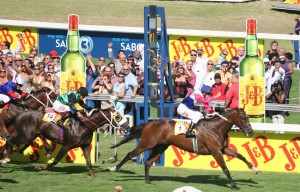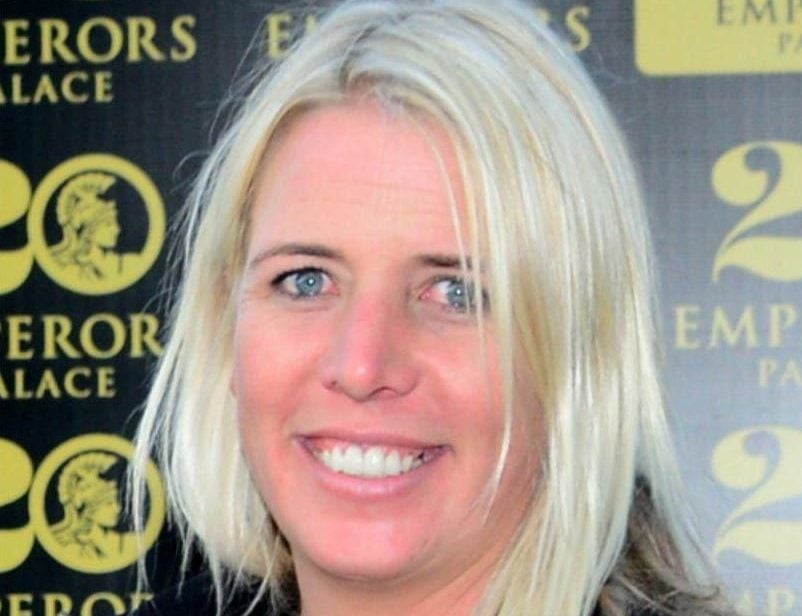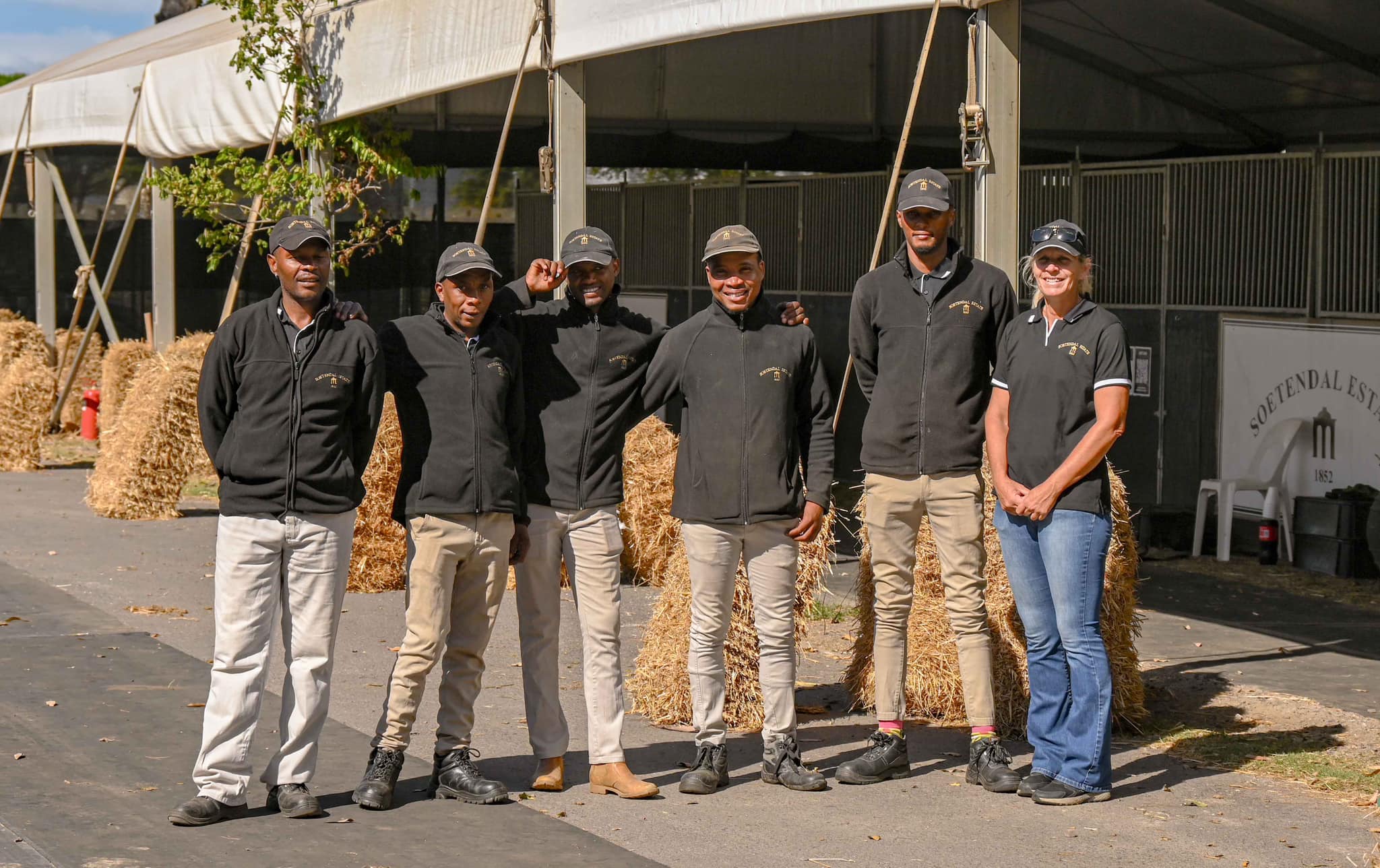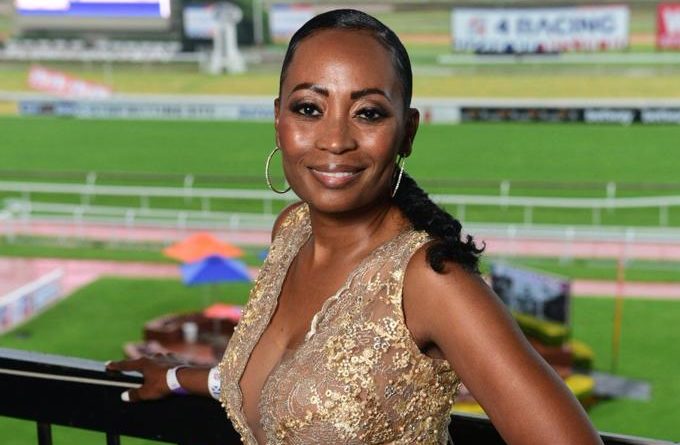A picture is worth a thousand words because the human brain functions on pictures and processes them more easily.
If information is presented orally, we retain about 10% three days later. Add a picture and that figure goes up to 65%. Pictures convey nuances that are hard to capture with language and therefore imagery has always played an important part in human culture and development.
Sadly, our racing history is about to become a little less colourful. It was recently announced that as of 30 April, Ricky De Nobrega, operating as the Equine Edge, will no longer be photographing our local races.
Few race goers know the lonely sentinels standing out on the rail. We know their work – it is splashed across our media on a daily basis – but I’d bet most wouldn’t know them if you passed them in the street.
Racing’s Memory Bank
In racing’s heyday, there was elbowroom only with every newspaper in town sending multiple photographers to the track to ensure every conceivable angle was covered and guarantee at least one useable image. Barring a small flurry of outside interest in some of our feature days, for the most part it’s just the course photographer. These are the people who work long hours and brave the elements no matter what the weather, to ensure that every win – and every memory – for every race no matter how big or small means something to someone – is recorded. Which means that they get to see every.single.winner. Of every.single.race. And just the act of being there means they are a remarkable living repository of our racing history.
It is difficult to do something day in and day out and not get good at what you are doing and these are skilful people who turn documentary material into art and are very proud of their work.
At an average of 750 races per year and a minimum of 5 images per race, material amasses at a surprising rate. The digital era has made things slightly easier, but for many years, images were captured on film and developed and processed at not inconsiderable cost. Pressing a button is the (relatively) easy bit. The amassed material then needs careful editing, cataloguing, filing and storing – a mammoth job all on its own.
Lost Chroniclers
Anyone who has ever tried to dredge up photographs of years gone by will know that it can be a difficult process. Our administrators have neglected to preserve this precious resource and over the years, much of our photographic history has been lost or even just plain discarded. Some of the earliest of South Africa’s racing imagery was taken by someone called Abe Goldstein. I only know this because he is credited for them in books charting some of our early history. Who he was – and what happened to his archive – remains a mystery (but I would be grateful if anyone has any leads!). Most are familiar with the two ladies from JC Photographics who now cover Joburg and Kimberley.
There are prints of beautiful, hand-coloured early July finishes in Durban’s Oyster Box. Who took them and where the negatives are is unknown. Ken Wilkins did a beautiful job in Durban for many years. He is no longer with us, but his body of work – mostly shot in black and white, but extending to those wonderful colour commemorative July photos of the winning horse and jockey posing with the sash – are all neatly catalogued frame by frame, in date order with the horse and race details listed. His handwritten catalogue is a minor work of art all by itself and the archive contains some absolute treasures for those with the time and inclination to dig around. He has been succeeded by John Lewis, Anita Akhal and Nkohsi Nhlope.
PE’s charming Wally Strydom provided sterling service for many years and remained doggedly devoted to film until the day he retired, supplying prints the old fashioned way – delivered to your door by post, carefully attached to a cardboard backing with the date and race particulars inked on the back & accompanied by a neatly handwritten invoice. Wally handed the reins to Deon Botha who sadly passed suddenly late last year and PE is now served by Pauline Herman.
My memory of Cape photographers extends as far back as Lewis Ralph, who was succeeded by Tony Mincione (who bought Lewis Ralph’s archive) and Tony was latterly joined & eventually bought out by Ricky De Nobrega.
Equine Edge
Ricardo joined Tony in July 2002 and the two had a grand vision of digitizing their archive and creating an accessible image library that could serve as an organic documentary of local horses and racing. They set up in the old weighing room at Kenilworth, supplying an on demand printing and framing service with the idea that the printing business would fund the archive. Tony did the photography and Ricardo managed the logistics such as printing captions, design, post-production, printing and day-to-day running of the business. By the age of 26, Ricardo had bought Tony out and owned the business outright. Together with his then girlfriend and now wife of 7 years, Claudia they expanded the business to incorporate additional sidelines such as selling books and DVD’s and various other services. At one point Ricardo had 9 staff employed at the track.
Highs
While any business has its ups and downs, I asked Ricardo to name some of his highlights over the years. “In the time I’ve been photographing racing, I’ve seen some unbelievable horses. I was privileged enough to have witnessed Pocket Power and not just at Kenilworth – all over. I saw him win the Winter Series and all his Queen’s Plates and Mets. I went to Durban for the July when he dead-heated with Dancer’s Daughter. I saw Winter Solstice – he was an absolute machine. Did you know he got an invite to the Breeders’ Cup? I framed the official invite and envelope for the Ramsden stables at the time. And who can forget Irridescence, who I managed to photograph winning the QEII Cup in Hong Kong in 2006. It would be remiss of me to single out just the aforementioned horses as there are many that come to mind, but none more so than the horses that I have personally been involved with namely Aluvial, Come To Light and Fashion File. The utter exhilaration of owning a racehorse and then seeing that Thoroughbred passing the post first; there’s nothing like it.”
“I’ve also had the privilege of meeting many great International and South African jockeys; some who no longer ride and others that still do ride; and witness them win great races, achieve momentous milestones and even riding 5 or 6 winners in a single meeting. I’ve met many great trainers and some real legends in the game – the Jaffees, the Becks, the Rattrays just to mention a few. Being involved in racing you get to meet people you only read about in newspapers or the Financial Times. Working for them and being invited into their homes, you get to see the real person and their passion for their horses.”
Does he have any special or favourite photos? “I have plenty of great shots, but the most special photo is of Come To Light winning a 1600m with Karl Neisius aboard. I remember looking through the viewfinder and seeing her being boxed in. With 100m to go, Karl pulls her out and presses the button. From a photographic viewpoint, there may have been horses with a better chance of winning, but as soon as Karl pulled her out, I didn’t take the camera off her and photographed her coming home splendidly.”
Challenges
“As the course photographer, you are responsible to the club as well as to the sport as a whole for recording every race and missing a shot means a piece of history is lost. I have always tried to be as prepared as possible by hiring second and third shooters for flagship days as well as additional photographic gear controlled remotely to ensure that I get the shot; to ensure that piece of history gets captured.” Ricardo was the only photographer who got an in-focus shot of Illuminator winning the 2016 CTS $1 million race.
Kenilworth is notoriously changeable in terms of the weather – has he ever been caught short? He laughs, “I remember leaving home one day, it was perfect blue skies, then out of nowhere a north-wester picked up and before the 2nd race I was literally emptying water out of my shoes – it was ridiculous!” At the other extreme, it’s just as easy to get burnt to a crisp standing out in the hot summer sun.
A story which probably falls somewhere in the middle is going to Turffontein for the inaugural Jockey International and getting to meet Frankie Dettori and the top jockeys of the day. Ricky went to endless trouble to get prints of the visiting jockeys and some of their big wins, such as Frankie on Var, and getting the visitors to autograph the photos. “I’ll never forget it. I had about 30 posters signed by Frankie, Christophe Soumillon, Kieren Fallon, you name it. They were all neatly piled on a table, then Frankie gets on the table and kicks over a drink and it goes all over the posters. The majority were lost, but I managed to come back to Cape Town with a salvaged few. Mind you, it makes a good story,” he says good-naturedly.
“I’m definitely going to miss it,” he reflects. “I will miss the people. I have met some really good people and appreciate the friendships I’ve shared.”
Moving on
About 5 years ago, Ricky started up a sideline business in the distribution of Namibian biltong and droe wors and is leaving to focus on it full time. He will be selling his camera equipment as well as his entire photographic archive, which with the Lewis Ralph and Tony Mincione archives, spans approximately 50 years of Cape racing. “I even have a few images from the old PE photographer, Graham Potter,” he reminisces. “The late Jimmy Lithgow once came down and spent a week with me pulling negatives for all the Queen’s Plates. There are beautiful photos of horses like Wolf Power, etc. I’ve got various races going back years and years. The first 35 years are all on negatives and the last 15 are digital. Anyone interested in Ricardo’s archive, can contact him at [email protected]
Racing has a poor track record of care-taking even our biggest sporting heroes. We’re quick to demand things and quick to forget the service once we have what we want, often forgetting a thank you on the way out. Our course photographers are no different. Many photos are printed sans credit, so we might never know their creator, a few may still have names attached, but with their stories untold and, ultimately, banished to obscurity. Out of sight, out of mind. If this is how we treat people making a real, tangible contribution to preserving our sport, what chance the rest of us?
Of course time passes and we all need to adapt in the face of change, but it would not seem right not to acknowledge Ricky, the wonderful work he has done and the steady, reassuring presence he has always provided. Thank you, Ricky and good luck.










